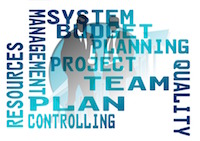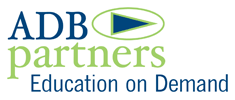Lance Simon and I set up the Unified Learning Design Studio ’16 to provide practical tips and tools for the design, development, and implementation of unified learning. This eLearning approach is comprehensive and benefits staff, the organization, and, most importantly, learners.
In ULD Studio ’16, February – April, we focused on setting the stage: planning, adult learner preferences, system and platform key features. The second set of webinars, May – July, will focus on the nuts and bolts of resources to design, develop, implement, and sustain quality eLearning.

image by geralt
Here is the broad outline for upcoming ULD Studio webinars (remember all live webinars are at 3:30 ET):
May 10 — Team Roles & Responsibilities. In this session we will consider the most important resource — people. Whether staff or contractor, our people make unified learning happen. The question begins with “who’s on the bus?” and “are they in the right seats?” You’ve heard these queries before in the change and leadership literature. But they certainly apply to unified learning design. There are two duties that must be filled by staff and there are duties best filled by contractors. We will explore these duty sets and tips for maximizing the staff-member connections and the special expertise of contractors. A unified team is the first and most important resource.
June 14 — Business Models. Too often, eLearning is an add-on — literally. It’s like organizations jump on the eLearning bandwagon without really thinking about the business implications. Several questions will be explored in the June webinar: what business models work? what does not work? how does an organization make the case for quality eLearning — especially in the face of resistance? One tip: create a one-page business case. Of course, more details are required, but the one-pager can become the UL lodestar. Learn how in this webinar.
July 12 — Limited Resources. Creating unified learning with limited resources can seem like a mountain too high. Limited resources, however, can serve as a laser beam on the most efficient path to effective eLearning. Organizations must be honest and realistic when considering available resources. The business case can guide these discussions. Even with less than ideal resources, quality unified learning can and must be designed. One tip: focus on existing learning assets. As Lance Simon with iCohere reminds us “reusability is one of the key benefits in Unified Learning.” Unified learning is the most effective model especially when resources are limited.
See you in ULD Studio at the iCohere Academy!
